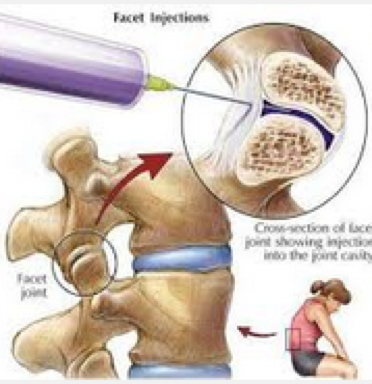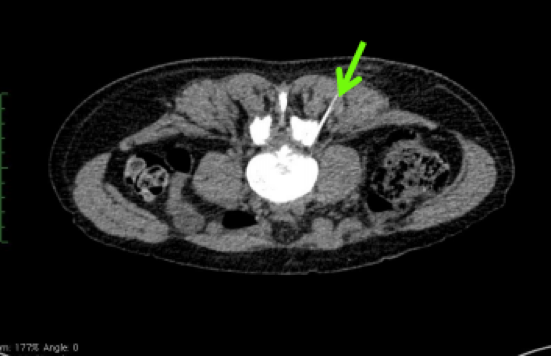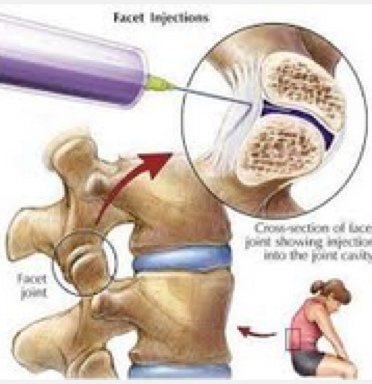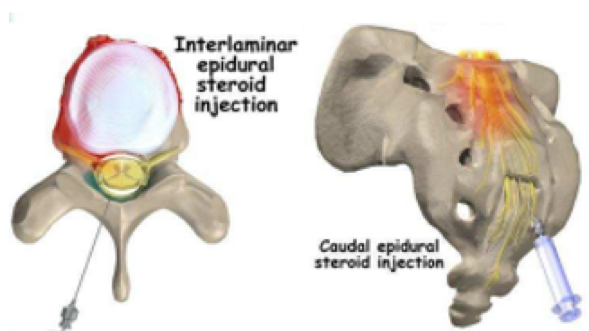
2016-9-24
Minimally invasive spinal injection for pain relief and anti-inflammatory
Causes of spinal neuralgia
There are many causes of spinal neuralgia, common ones include herniated disc and related lesions, facet joint disease, sacral iliac joint disease, lumbar degeneration, spondylolisthesis, and lumbar spinal stenosis.
Symptoms of Spinal Neuralgia
Because the spinal nerves are compressed, the symptoms of nerve root compression, such as pain in the buttocks, pain in the legs and feet, numbness or weakness, or intermittent claudication, are called sciatica.
Common lesions
The nerve root compression is the most common position between the fifth lumbar vertebra and the first sacral vertebra, followed by the position between the fourth and fifth lumbar vertebrae.
How to treat spinal neuralgia
It is generally recommended to use treatments such as:
Cox® decompression manipulation to help nerve decompression
Medication alongside with Cox® medication
Or consider minimally invasive spinal injections for pain relief and anti-inflammatory.
Minimally invasive spinal injection for pain relief and anti-inflammatory
Clinically, spinal injections can assist in diagnosis and treatment. Injections can control pain and delay minimally invasive spinal surgery. “Spine Pain Relief" is to precisely inject a small amount of steroids and anesthetics into specific lesions of the spine to relieve the inflammatory response of the affected area, thereby achieving the goal of instantly eliminating lower back pain and sciatica.
Spinal injections for pain relief include:
Spinal epidural injection
Spinal nerve root injection
Spine facet joint injection
Sacral iliac joint injection
How to perform minimally invasive spinal injection for pain relief:
Doctors need to perform spinal injections in the hospital, using X-ray machine or CT scan as a guide
Use a special long thin needle tube to inject a small amount of medicine directly into the diseased part of the spine
Benefits of spinal injections:
Spinal injections can achieve immediate and long-term nerve root anti-inflammatory and analgesic purposes. In comparison, traditional oral or external analgesic patches require weeks or months to achieve the same effect.
The dose of drugs used for spinal injections is extremely low, only one-thousandth of the entire course of traditional oral drugs or external painkillers.
The medicine injected into the spine is only locally targeted at the diseased location of the spine. It is not like traditional oral or external painkillers: the medicine must be absorbed through our stomach or skin, and then decomposed by the internal body and led by the blood to the cells of the whole body, it affects other body parts that are not like spinal diseases: such as the liver, kidneys, brain and spinal cord central nervous system… etc.
Due to the extremely low dose of drugs used for spinal injections, it is possible to avoid the side effects of traditional oral drugs or external painkillers: such as drug sensitivity, gastrointestinal discomfort, etc.
In patients with acute pain, the effective rate of pain relief can reach 82% after spinal injection treatment; and in patients with chronic pain, the effective rate of relief is also about 70%.
After the spinal injection, the patient can immediately relieve the pain and relax the tight back muscles, so that the patient can immediately return to normal life, participate in stretching and section training exercises, weight loss exercises, and using Cox® Decompression Manipulation to help decompress nerves, so that you can get better treatment results.
Limitations of spinal injections:
It varies from person to person, as the analgesic effect after injection can last for a month to several months. The degree of pain improvement varies depending on the cause and severity of the disease; however, patients do not need to take high-dose traditional oral drug or external pain relief patches. After the spinal injection, the patient’s pain will be immediately relieved, they can immediately participate in stretching and segmental exercises of the back muscles, weight loss exercises, and Cox® Decompression Manipulation to help decompress the nerve and get better with longer treatment results.
Generally speaking, the number of spinal injections for pain relief should be no more than 3 times a year. If it is implemented one to three times or more, we need to consider:
Radiofrequency nerve analgesia therapy (the analgesic effect can be maintained for one to two years) or;
Minimally invasive endoscopic or microscopic spinal surgery treatment, which can have the opportunity to cure and permanently remove the long-term torture of nerve tenderness.
The possible risks of spinal injections for pain relief include:
After receiving the spinal injection, the patient may experience temporary numbness and weakness in the back or legs for several hours due to the short-term anesthesia.
After the original painful area is improved, the disease of other spine lesions that have not received injection treatment may become obvious.
May cause allergies or transient inflammation to the injected drugs
Patients who are taking anticoagulant drugs or platelet drugs need to stop taking the drugs for four to ten days to reduce the risk of bleeding due to injections.
People with severe skin inflammation or infections need to be controlled to reduce the risk of bacterial infections.
In conclusion
Spinal injection analgesia is one of the treatment options for the treatment of acute or chronic low back pain and sciatica. Its advantages are low invasiveness, high safety, and can achieve the goal of delaying spinal surgery.
If you are suffering from acute or chronic low back pain and sciatica, you can choose an appropriate spinal injection analgesic method after evaluation by a chiropractor or cranial neurosurgeon, and you should get considerable improvement.
Case: An 85-year-old mother-in-law, under the guidance of CT scan, underwent selective external injection of spinal nerve roots to obtain immediate results.
Under the guidance of CT X-ray machine, spinal nerve root injection




 Book an Appointment
Book an Appointment


